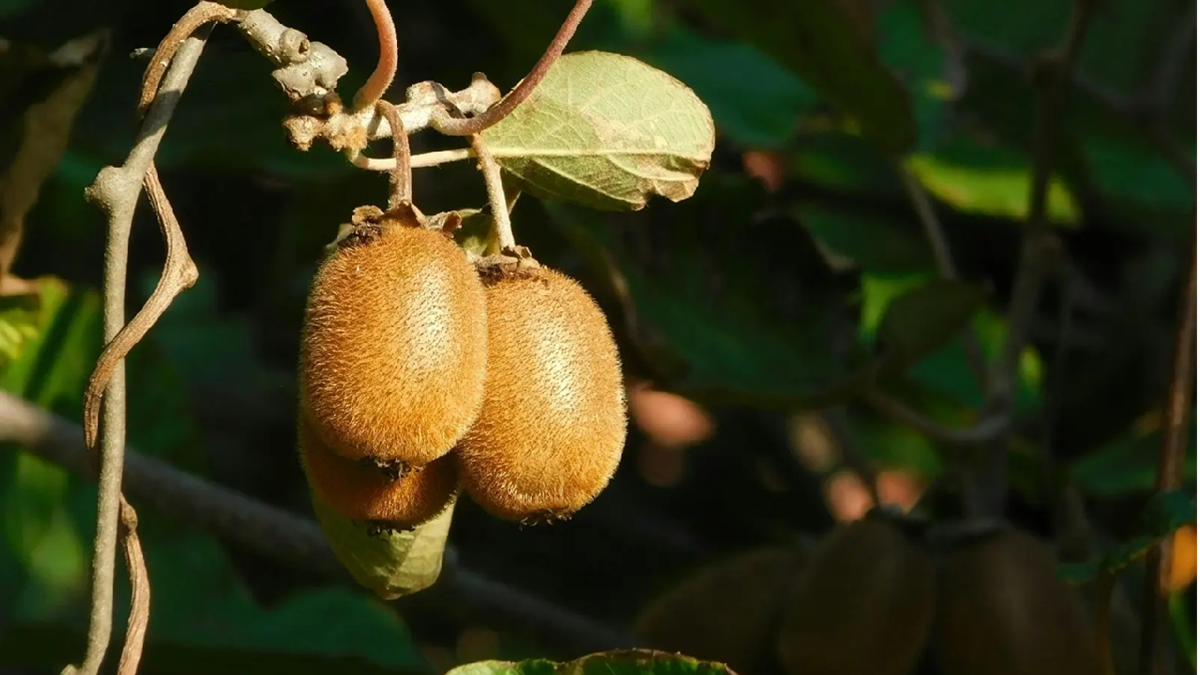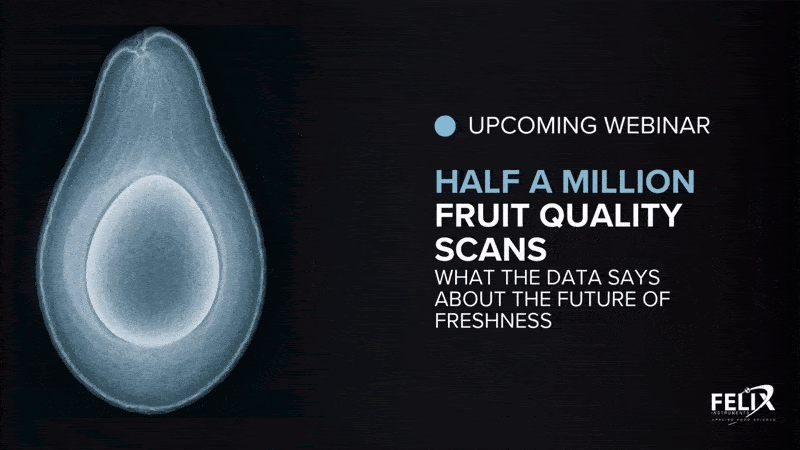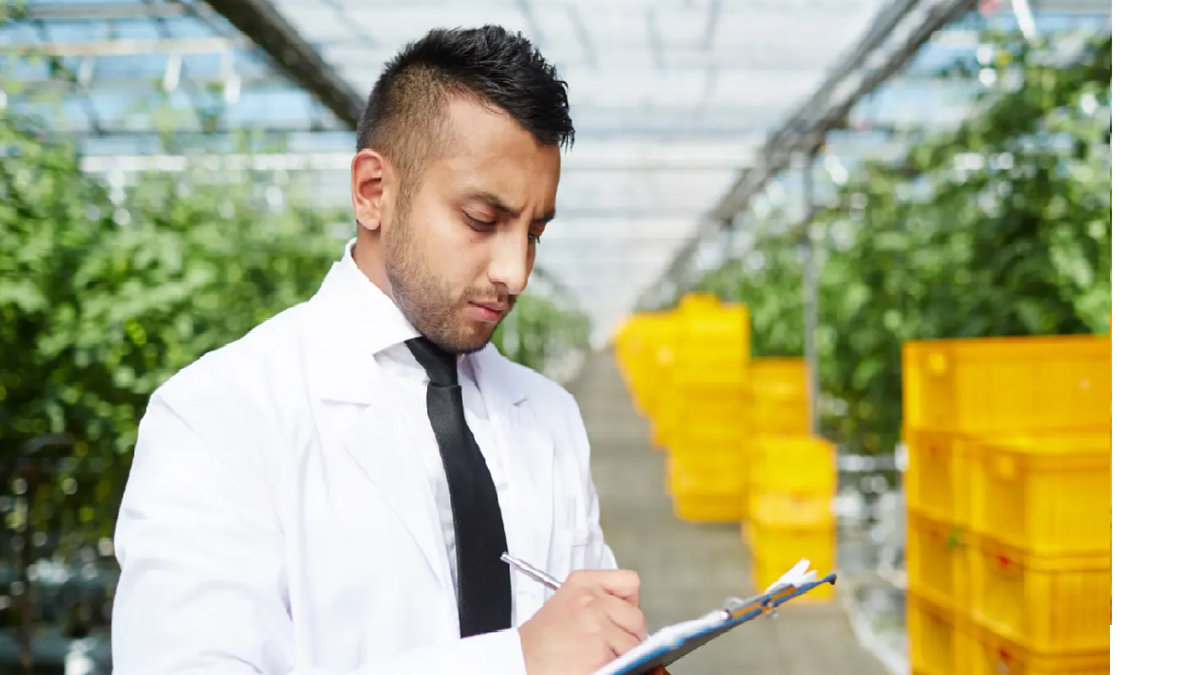Measurements
LEDs Impact on Postharvest Fruit Quality
Fruits are among the most highly perishable food items and suffer significant yield and quality loss in the postharvest stages due to physiological processes. The food industry has used Light-emitting diode (LED) during the preharvest stage as standard procedure, but postharvest applications are still not widespread. However, new research suggests LEDs can be safe, chemical-free, and physically preserve fruit quality. FELIX INSTRUMENTS Team explains what is known so far about potential postharvest applications of LEDs for fruit quality enhancement. Current Postharvest Problems Fruits can lose quality and senescence since their physiological processes, like respiration, ripening, and senescence, continue after picking. Fruits lose moisture and weight, flavor, texture, and nutritional value. They are also vulnerable to microbial spoilage. Postharvest conditions are designed to reduce respiration and ripening rates and postpone senescence.
29 August, 2023
Fruits are among the most highly perishable food items and suffer significant yield and quality loss in the postharvest stages due to physiological processes. The food industry has used Light-emitting diode (LED) during the preharvest stage as standard procedure, but postharvest applications are still not widespread. However, new research suggests LEDs can be safe, chemical-free, and physically preserve fruit quality. FELIX INSTRUMENTS Team explains what is known so far about potential postharvest applications of LEDs for fruit quality enhancement. Current Postharvest ProblemsFruits can lose quality and senescence since their physiological processes, like respiration, ripening, and senescence, continue after picking. Fruits lose moisture and weight, flavor, texture, and nutritional value. They are also vulnerable to microbial spoilage. Postharvest conditions are designed to reduce respiration and ripening rates and postpone senescence. Traditional chemical treatment methods are no longer popular due to awareness of their health risks. Research findings on controlling fruit quality and senescence in the postharvest phase with Light-emitting diode (LED) have been promising and suggest LED can also enhance various quality traits. LEDsLED is a solid-state technology that produces light with narrow wavelengths, varying intensity, high photoelectric efficiency, and low thermal properties. LEDs come in wavelengths from infrared to ultraviolet and are applied at different fluences. Light fluence is the radiation incident per unit surface area per unit time. Many physiological processes in fruits are controlled by light radiation, so LEDs of appropriate wavelength can optimize the ripening process, nutritional value, secondary metabolites production, delay senescence, and realize fruit quality and shelf-life improvement, see Figure 2. The research findings on these potential effects of LEDs on postharvest fruit quality are discussed here. Influencing RipeningRipening at the targeted time is advantageous, as it produces a quality change in appearance, flavor, texture, and nutrition consumers want. However, early ripening during storage will lead to senescence. LEDs will hasten ripening by increasing respiration and ethylene production. LED light also triggers gene expression controlling the production of pigments like carotenoids and flavonoids that change color. Thus, the overall effect of LEDs is to increase ripening. However, the genotype is significant, and blue accelerates ripening in bananas, followed by red and green light. The effect of LED color on ripening depends on the genotype. Blue LED quickens ripening in peaches, bananas, satsuma, strawberries, and sweet oranges, by increasing ethylene synthesis. In bananas, blue, red, and green are suitable for ripening. Blue light hinders the ripening process and softening of tomatoes, while red LEDs promote the ripening process. So blue can extend shelf life and red speeds up ripening. Therefore, the choice of LED spectrum can depend on whether ripening needs to be limited or hastened. Development of Fruit Quality ParametersLED treatments can improve color, firmness, taste, and nutritional quality. Color DevelopmentColor is one of the first quality parameters consumers evaluate to choose a fruit. Depending on the species and cultivar, various pigments like anthocyanins, lycopene, chlorophyll, or flavonoids are involved in color development. Usually, temperature and fruit physiology, like ripening, determine color changes. However, light can also affect the accumulation of these pigments. Blue light prevents green tomatoes from turning red, but red light can turn tomatoes red. However, temperatures matter, and lower temperatures of 2ºC compared with 21°C reduce color development. So, red light at any fluence produces color development at 21ºC in blueberries. Red light is the best for color development, followed by blue and green. Total Soluble SolidsTotal soluble solids (TSS) measured in Brix determine maturity in climacteric and non-climacteric fruits. An increase in TSS accompanies ripening, and any sugar decrease delays ripening but extends shelf life. It should be possible to control sugar production by choosing suitable light colors and influencing shelf-life. The light colors that enhance or reduce TSS production are species-specific but are moderated by temperature and storage time. - Green is good for prolonging shelf life at even high temperatures of 21°C for over 15 days in blueberries compared to other colors and control. Red light increased TSS in blueberries at 21°C, followed by blue light. After 15 days of storage, low to medium fluence (20 to 40 W m?2) intensity blue light can increase TSS even at low temperatures of 2°C. - Blue LEDs increase TSS in strawberries and peaches. In peaches, ethylene production was delayed from six to 9 days compared to untreated fruits. But after nine days, ethylene production increased, leading to color and TSS development. - The red: far-red light in tomatoes increases TSS and titrable acidity in storage temperatures of 23°C. FirmnessFirmness is another essential sensory quality parameter, and as fruits ripen, they grow softer. The effect of LEDs on fruit firmness depends on species and cultivars. For example, blue and red LEDs kept pepper fruits firmer to extend shelf life, though the light color varies depending on cultivars. For instance, P1622 peppers were the firmest in blue light, Hangjiao-2 peppers were treated with red light, while Xinxiang-2 performed best in darkness, see Figure 3. If people want softer fruits, choosing other colors, such as white light in peppers would be necessary.












